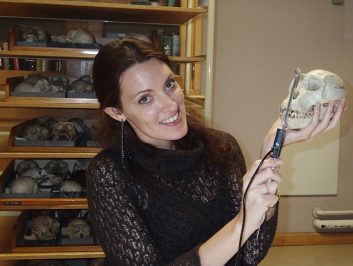
Category: Events
Sara Pacchiarotti, Lorenzo Maselli & Koen Bostoen publish on the historical evolution of vowels in Ngwi
In a new article based on fieldwork data collected in 2019 in Idiofa (DRC) as part of the BantuFirst project, Sara Pacchiarotti, Lorenzo Maselli & Koen Bostoen offer in a new article published in the open access journal Papers in Historical Phonology a phonetic and phonological documentation of two phonemic ‘interior’ vowels and heterosyllabic vowel sequences as well as a historical account of their development in the West-Coastal Bantu language Ngwi. The article is available here.
Sara Pacchiarotti and Koen Bostoen publish on Final Vowel Loss in Lower Kasai Bantu
Sara Pacchiarotti and Koen Bostoen have a new article titled “Final Vowel Loss in Lower Kasai Bantu (drc) as a Contact-Induced Change” out in the open access Journal of Language Contact as part of the BantuFirst project. They present a qualitative and quantitative comparative account of this diachronic sound shift and argue that it rose relatively late in Bantu language history as a contact-induced change and affected adjacent West-Coastal and Central-Western Bantu languages belonging to different phylogenetic clusters.
Koen Bostoen, Peter Coutros & Carina Schlebusch at MPI-Jena workshop on “Archaeology and Language”
Martine Robbeets, Mark Hudson and the Archaeolinguistic Research Group of the Max Planck Institute of the Science of Human History in Jena (Germany) organize a three-day online workshop (November 16-18, 2021) on “Archaeology and Language” involving all the contributors to the forthcoming Oxford Handbook of Archaeology and Language, which they co-edit.
On November 18 (11.30-11.55 am CET), Koen Bostoen (BantUGent), Peter Coutros (BantUGent) & Carina Schlebusch (Department of Evolutionary Biology, Uppsala University) will present a concept paper on the interdisciplinary “Niger-Congo including Bantu” chapter, which they were invited to write for the handbook.
Koen Bostoen talks on the history of Bantu languages [Dutch] at Ghent Centre for Historical Languages
When? November 18, 2021, 8 pm
Where? Monasterium PoortAckere, Oude Houtlei 56, 9000 Gent
The Bantu languages are the largest African language family, both in terms of number of languages and speakers and geographical distribution. About 350 million or about one in three Africans speak one or more of the 500 or so Bantu languages, which stretch from above the equator to South Africa. Swahili, Lingala, Kongo, Luba, Rwanda, Rundi, Ganda, Zulu, Xhosa, and Shona are just some of the best-known Bantu languages. Proto-Bantu is about 5000 years old and is said to have been born in the border area between Nigeria and Cameroon. This lecture is about the reconstruction of this hypothetical ancestral language, about the exceptionally rapid and large-scale diffusion of its daughter languages and about the history and future of the study area.
https://www.historischetalen.be/cursus/twaalf-smaakmakers/
Sara Pacchiarotti & Koen Bostoen have new article out on the West-Coastal Bantu language Ngwi
Based on fieldwork they carried out in 2019 around Idiofa (DRC) as part of the BantuFirst project, Sara Pacchiarotti & Koen Bostoen (BantUGent) have a new article out on the understudied West-Coastal Bantu language Ngwi. The article is titled “The evolution of the noun class system of Ngwi (West-Coastal Bantu, B861, DRC)” and has been published in open access in the third number of the second volume of the Russian journal Language in Africa.
Jean-Pierre Donzo in Ghent for two months of collaborative BantuFirst research
From October 24 until December 24 2021, BantUGent associate Jean-Pierre Donzo (ISP Gombe, Kinshasa) will be in Ghent for a research visit at BantUGent. He has been invited as a research fellow of the BantuFirst project to work on the velar merger in Central-Western Bantu with Sara Pacchiarotti and Koen Bostoen and on the phonological and phonetic landscape of the Bantu languages of the Mai Ndombe Province (DRC) with Lorenzo Maselli.
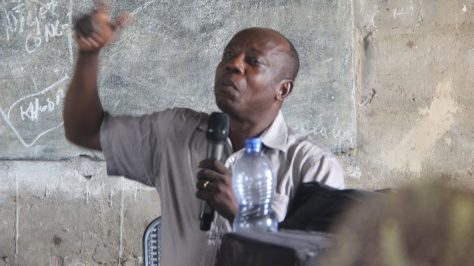
Peter Coutros and Igor Matonda on an archaeological fieldwork mission along the Kwilu-Kasai-Loange river network (DRC)
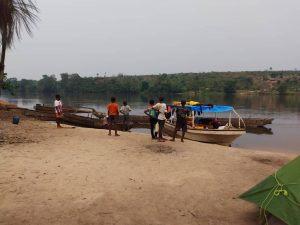 |
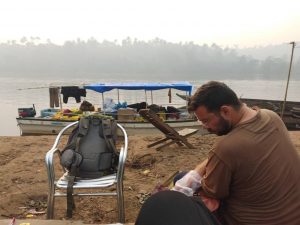 |
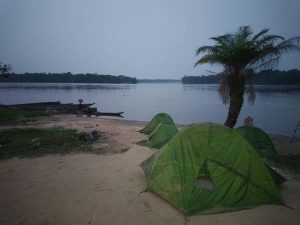 |
Peter Coutros (BantUGent) and Igor Matonda (UNIKIN), together with their team of local assistants including Isidore Nkanu, left early August from Kikwit (Kwilu Province, DRC) on a 6-week archaeological fieldwork mission along the Kwilu-Kasai-Loange river network as part of the BantuFirst project. They will also explore the Kasai-Kamtsha confluence area in the proximity of which linguists of the BantuFirst team have situated the new West-Coastal Bantu homeland.
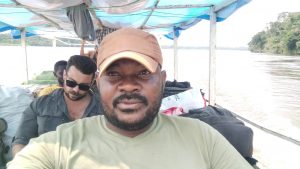 |
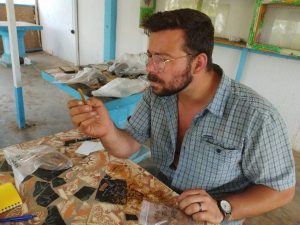 |
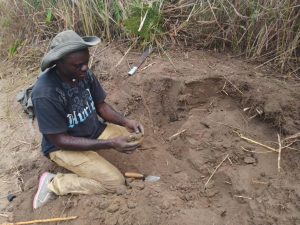 |
Lorenzo Maselli and Jean-Pierre Donzo’s BantuFirst fieldwork mission in Mai Ndombe Province (DRC)
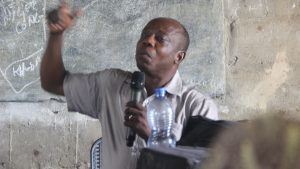 Congolese gestures in Inongo
Congolese gestures in Inongo
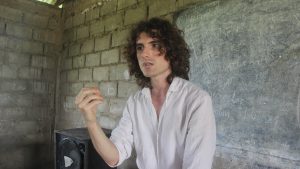 Italian gestures in Inongo
Italian gestures in Inongo
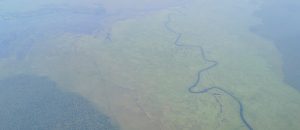 The Province of Mai-Ndombe from above
The Province of Mai-Ndombe from above
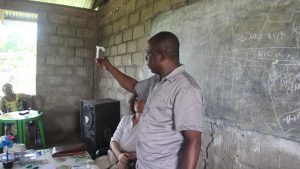 Explaining genetic research at ISP Inongo
Explaining genetic research at ISP Inongo
 Community gathering in Bolingo
Community gathering in Bolingo
Lorenzo Maselli (BantUGent), a PhD student affiliated with the BantuFirst team, recently came back from a field mission in the DRC that was financed to a large extent by the BantuFirst project. On this research trip, Lorenzo was accompanied by Jean-Pierre Donzo, a former PhD candidate at our department, currently professor in African Linguistics at the ISP Gombe, in Kinshasa. The two met up in Kinshasa on May 21, 2021, and remained together until July 12, when Lorenzo flew back to Belgium. The area where they conducted their research primarily centred around the Province of Mai-Ndombe (in an ecoregion defined as “forest-savanna mosaic”). Specifically, they worked in the provincial capital Inongo, in a number of hunter-gatherer villages NE of Inongo, namely Bobangi-Sept, Douze, Quinze and Bolingo-Trentesept, and finally in Nioki.
The stays in Kinshasa allowed Lorenzo and Jean-Pierre to fill up on fieldwork paraphernalia, arrange meetings with local scholars, relevant political figures and members of local Twa communities. They were also paramount in establishing first contacts with collaborators in Inongo and Nioki, in organising a conference at the ISP Gombe, and in planning long-term research strategy proposals with several colleagues in the DRC.
While out in the field, the team focussed on acoustic data collection, saliva sampling for molecular anthropological research, organising conferences at the local ISPs, and furthering contacts with the local Twa communities. Data were collected on more than 20 language varieties, with special focus on Sakata (esp. Kingingia, Kinzinzale, Kingingele, Kitere, Kibayi), Mpe, Nunu, North Boma, Nunu Bobangi, and several Lotwa varieties. As for BantUGent’s collaboration with Uppsala’s Human Evolution Programme within the Department of Organismal Biology, saliva samples were also collected and then shipped to Sweden.
The research perspectives for this fieldwork mission are extremely promising. For a phonetician and phonologist, the Mai-Ndombe represents a fruitful field of enquiry, as a number of arguably uncommon phenomena can be found there. The first analytical steps should be oriented towards: (i) retroflex consonants in North Boma, Nunu, and, to a lesser extent, Mpe; (ii) Sakata labial-velars; and (iii) Lotwa trill/retroflex consonants. Subsequent steps include: phonological descriptions of the sound systems at hand, wider-range acoustic surveys of the same sounds, aerodynamic and articulatory studies.
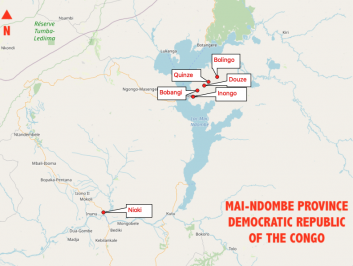
Guy Kouarata’s BantuFirst fieldwork mission in the DRC and Congo
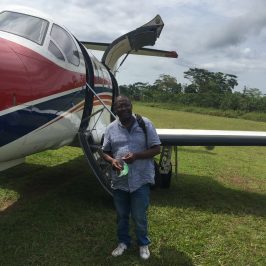
From April 16 to June 16, 2021, Guy Kouarata carried out a BantuFirst fieldwork mission in the territories of Mbandaka, Maluku, Kwamouth, and Kinshasa of the DRC and in the area north of Brazzaville in Congo. His mission had two main objectives:
- Collecting linguistic data, mainly comparative vocabulary lists, in 7 poorly described Teke languages
- Gathering genetic data to contribute the demographic history of West-Coastal Bantu speakers and neighboring speech communities.
The linguistic fieldwork was guided by the linguistic map of Teke varieties below, which Sara Pacchiarotti established through a thorough literature review.
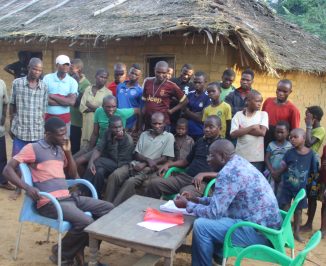
Linguistic fieldwork
In the end, Guy collected comparative lists of 650 words in 11 different Teke varieties, i.e. Tswaara, Kisi-Nzali, Kitiimi, Kinkuu, Bakikimi, Kikaan, Esinginyi, Engungwel, Ibua-yuo, Ibuu-mbakana and the variety of Boku. He first traveled by car from Kinshasa to the towns of Mbakana, Yuo and Boku in the DRC. However, due to the poor road conditions and engine failures, he went back to Kinshasa and continued his journey by boat using the river network to reach Nkaana, Ibali, Bokala, Ngandambo, Ngaliem and Camp Bankuu, all in the DRC. Back again in Kinshasa, he crossed the Congo River to take the Brazzaville-Ngo road, then Ngo-Mpuya before crossing the river again to reach the locality of Tshumbiri in the DRC. On his return, taking advantage of his proximity to the town of Gamboma, he also collected Engunwel data. Back in Brazzaville, he also gathered Kidondo data for ongoing research by Heidi Goes and Koen Bostoen (BantUGent).
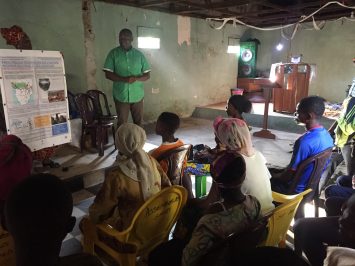
Genetic fieldwork
The collection of genetic data involves taking saliva samples from the speech communities targeted. Hair, fingernails and saliva are the keys to a person’s life in Africa. Whoever owns one of these owns your life. Convincing people to donate saliva is therefore not easy, even less in a pandemic when there is much speculation and rumor. Guy therefore had to create awareness by explaining well the scientific purposes of the interdisciplinary BantuFirst research. The sensitization campaign involved the close assistance of local chiefs, pastors, and other opinion leaders. In the end, through 9 sampling sessions, Guy succeeded with the help of his assistants in obtaining 597 samples in total, 246 from women and 351 from men.
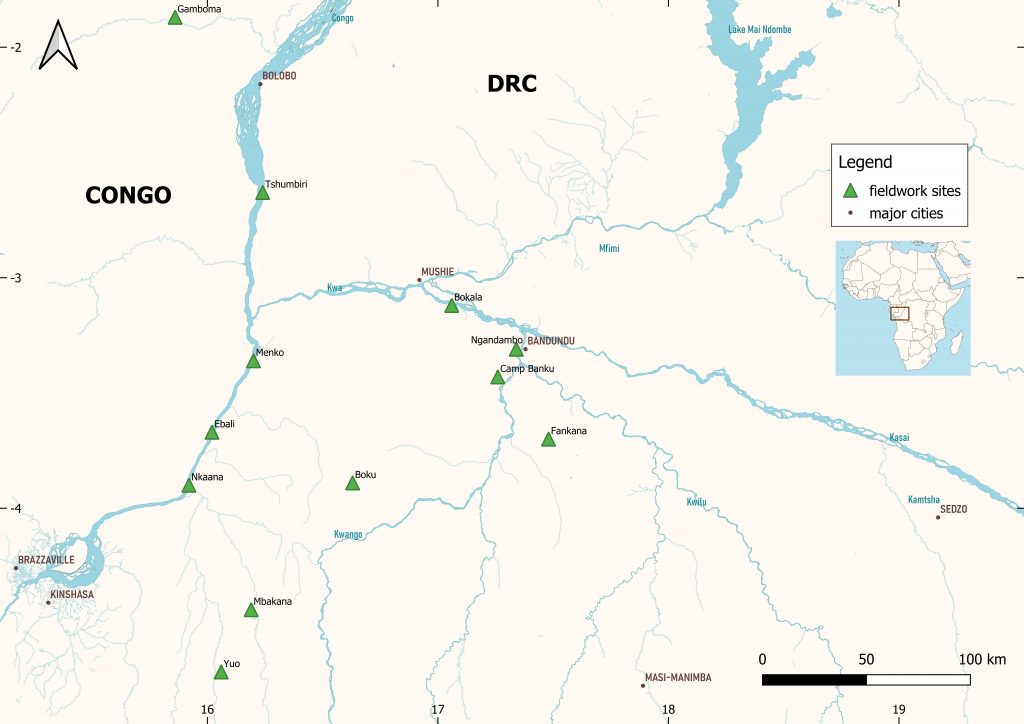
Map of Guy’s fieldwork locations (© Sara Pacchiarotti)
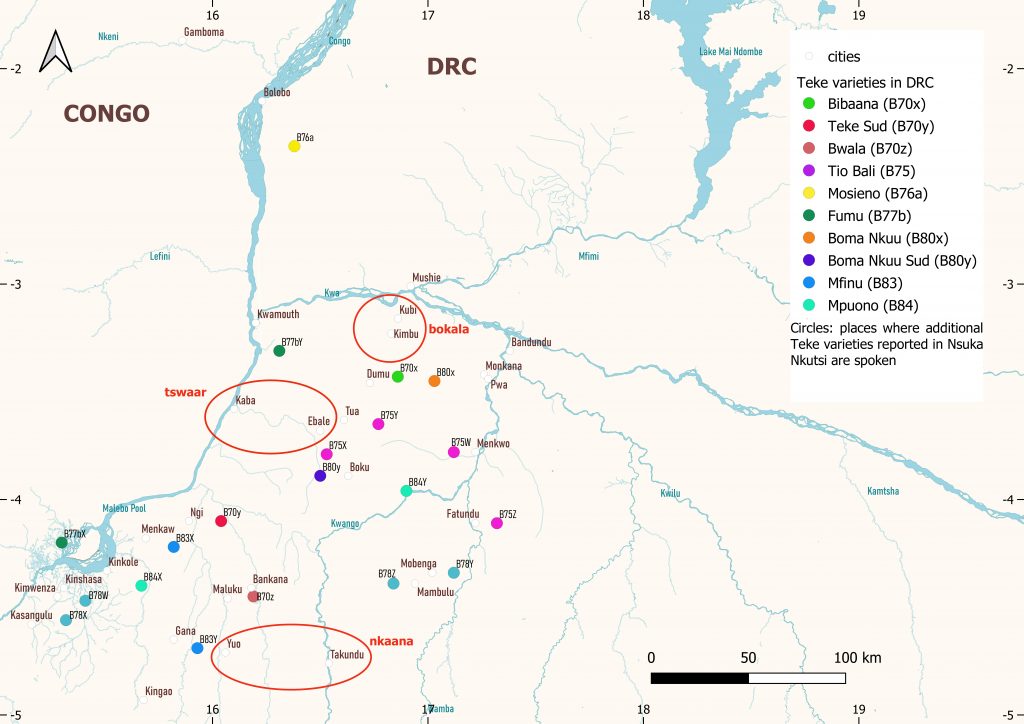
Map of Teke varieties of the DRC (© Sara Pacchiarotti)